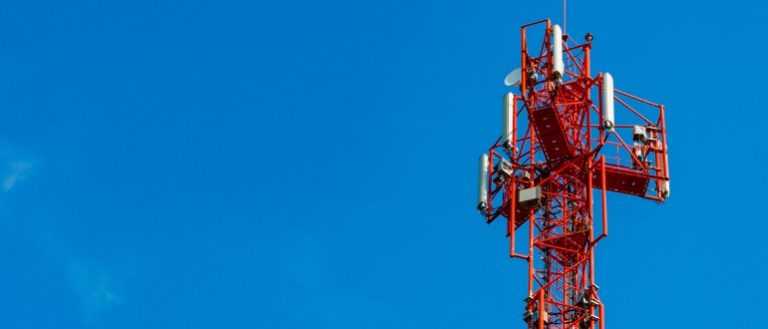Fiber Optic vs Wireless

Previous articles in this series illustrate that fiber internet (like Frontier FiOS) has definite advantages when compared to older technology like cable internet. Fiber optic cable boasts an ability to span very long distances, withstand weather and electromagnetic signals without experiencing a break in service, and offer lightning-fast upload and download speeds. Since coaxial cable uses copper wire it is susceptible to interference, which can lead to service drop-outs, and significantly lower speeds than newer optical fiber technology.
Since Internet Service Providers (ISPs) use fiber optic cable to span very long distances, the service consumers are looking to choose is the one to cover the “last mile” stretch to their location. It might at first seem logical to continue with fiber optics, but what benefits does wireless offer?
The third part of our series will compare fiber optic vs wireless broadband and see how they match up in speed, reliability, and accessibility.
How Does Wireless Internet Service Work?
Instead of using copper cable or telephone networks to broadcast an internet connection, wireless internet uses RF/microwave signals. Also known as fixed wireless, this service allows for transmission of data between two fixed points. A wireless router that is connected via an Ethernet cable to a computer translates data into radio signals, then transmits these signals via antenna to other wireless-enabled devices (such as another computer or mobile phone).
Computers can be networked together wirelessly across short distances into local area networks (LAN) or across very long distances to connect computers across the globe.
Mobile wireless networks use cell towers to transfer data to smart phones, iPads, and other portable devices.
Which Internet Service is Faster?
A lot of ISPs advertise fourth generation (4G) long term evolution (LTE) wireless, which is simply the fastest version of wireless technology today and the one used by most wireless providers. It offers improved upload and download speeds over previous 2G and 3G technologies and by some accounts can deliver speeds ranging from 20 Mbps to 500 Mbps.
These speeds are equivalent to that offered by fiber-optic internet, which can range from 150 Mbps to 500 Mbps for downloads and 65 Mbps to 100 Mbps for uploads.
Among the elements that can affect speed is bandwidth, and fiber optic networks win out in this area.
Since wireless systems work on shared radio frequencies, interferences like weather can impact bandwidth. It’s also not uncommon for ISPs to cap the amount of data you can personally use to spread the resource equally. Comparatively, fiber optic cable has much greater bandwidth, with single-mode fiber considered to be relatively unlimited compared to multi-mode.
Is Wireless Internet More Reliable than Fiber Optic Cable?
Fiber optic cable and 4G wireless networks still need significant infrastructure, which limits internet access in some areas, particularly rural locations. If we turn to reliability, however, fiber optic cables bridge that gap in infrastructure by conveying clear signals much further distances than wireless.
While wireless communication can reach people in rural areas, the signal degrades as it travels further from the broadcast point, leading to poor quality of service. Furthermore, antennas need to have clear sightlines between them to pick up the transmission. Physical obstructions such as buildings can weaken the signal. Advances in technology, including an ability to tap into higher frequencies, are helping overcome these issues.
That’s not to say fiber optic networks are immune to disruption. Since they rely on underground cables, damage caused by outside work is always a possibility.
Where Are the Cost Savings?
In areas where fiber optic cable already exists, the cost is reduced considerably because there is no need for expensive installation. This is more likely to be the case in urban areas rather than rural.
Like cable, wireless takes advantage of systems that are already in place and thereby reduces initial capital investment.
Since market demand drives monthly packages, the increasing availability of both technologies is likely to keep costs competitive.
Are These All the Options?
Not quite.
We’ve reviewed the technology of fiber optic vs wireless networks, including cable, and wireless solutions for high-speed internet in today’s marketplace. We’ve deconstructed their costs, reliability, and accessibility against one another. Not surprisingly, each has pros and cons, particularly when looking at what internet services are available in your area.
There’s another option that may be available to you, however: Digital Subscriber Line (DSL) service.
Before deciding how you will meet your internet service needs, take some time to learn how DSL stacks up against the competition in our final installment of this series.
Back to Fiber vs Cable Read Fiber vs DSL



